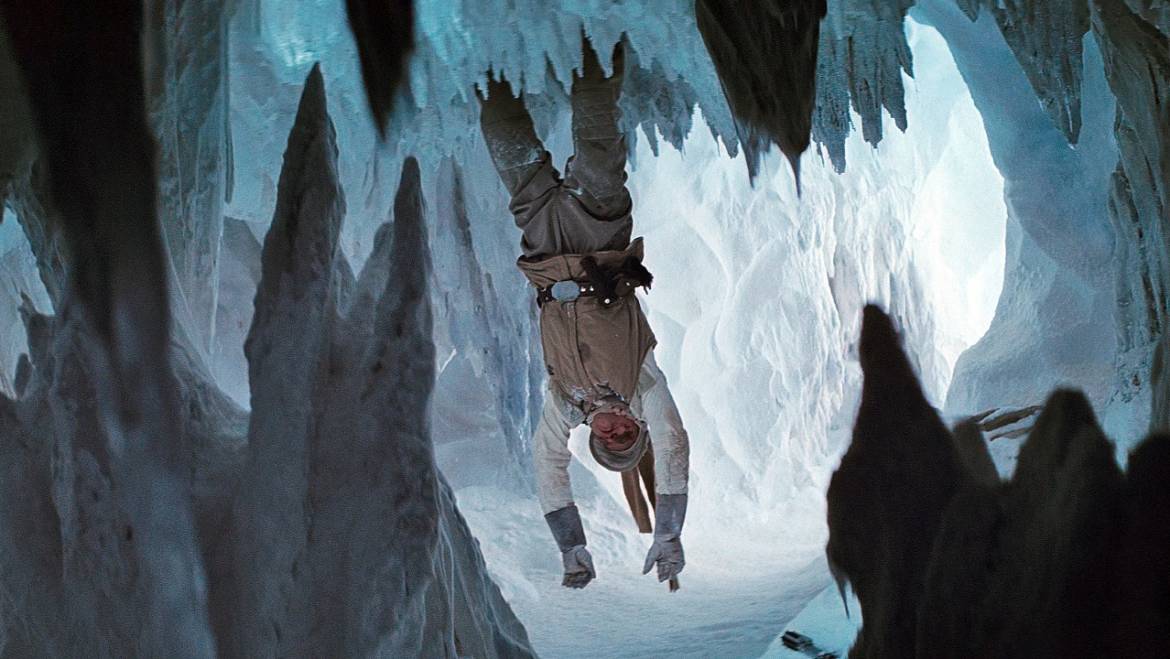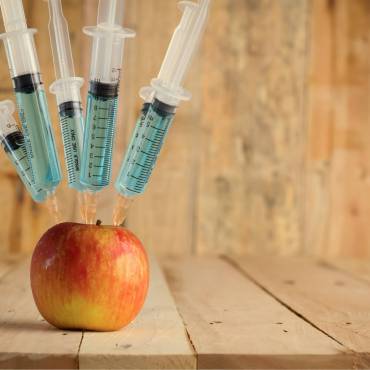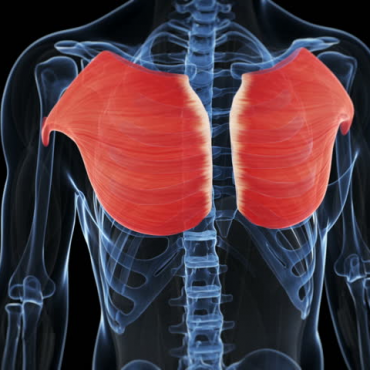Cryotherapy and Cold Water Immersion
Chill Out: Micro-Entry
All substance, no fluff.
By Dr. Allan Bacon
Overview
Chill out with the cryotherapy and ice baths. Unscrupulous health quacks are pushing ice baths more than ever for every benefit under the sun ranging from enhanced recovery, to longevity, to “insert outrageous claim here”. Unfortunately for these charlatans, these claims display a misunderstanding of the applicability to actual humans and a blatant disregard for the negatives associated with these practices.
You can’t just take nematode, murine, or molecular research and assume that means a practical health outcome in a human…it often doesn’t due to magnitude of effect or a compensatory mechanism in the human body…but that is conveniently left out of the discussions on these oft vaunted podcast and social media segments.
The reality is, whole body cryotherapy and cold water immersion benefits are likely non-existent or modest at best, and are prone to placebo (Wilson 2018; Hohenauer 2015, 2019). The reason a few short-term studies suggest positive benefits beyond placebo appears to be due to hormesis. (Roberts et al provide insight into this over multiple studies)
Cryotherapy and cold water immersion are potentially detrimental long-term. They appear to impair both muscular and vascular adaptations to training, lower muscle protein synthesis, and may even lead to muscle loss in some cases (Yamane 2015; Roberts 2015; Figueiredo 2016; Fyfe 2019, Fuchs 2019). In other words, the closer you do this to your training, the greater the negative effect on your lean muscle adaptations. The data is currently lacking on whether you can space this practice far enough away from training to prevent these issues.
Many point to Wim Hof’s theories as “proof” that cold therapy works, but unfortunately his claims have never been proven to be of practical benefit. His twin brother André (born with similar brown fat amounts) has also shown the same capability to endure the cold without any sort of training (research by prof. Van Marken Lichtenbelt, Maastricht University):
- Hall, Harriet (12 January 2021). “Wim Hof, the Iceman”. Science-Based Medicine.
- Vosselman MJ, Vijgen GHEJ, Kingma BRM, Brans B, van Marken Lichtenbelt WD (2014) Frequent Extreme Cold Exposure and Brown Fat and Cold-Induced Thermogenesis: A Study in a Monozygotic Twin. PLoS ONE 9(7): e101653. https://doi.org/10.1371/journal.pone.0101653
- van Erp 2016, 2020: (1) and (2)
- Houtman, Anne; Scudellari, Megan; Malone, Cindy; Singh-Cundy, Anu (2015). “22. Endocrine and immune systems” (PDF). Biology Now. W. W. Norton & Company. pp. 388–405. ISBN 978-0393906257. Retrieved 23 February 2019.
- Kox, M.; van Eijk, L. T.; Zwaag, J.; van den Wildenberg, J.; Sweep, F. C. G. J.; van der Hoeven, J. G.; Pickkers, P. (20 May 2014). “Voluntary activation of the sympathetic nervous system and attenuation of the innate immune response in humans”. Proceedings of the National Academy of Sciences. 111 (20): 7379–7384. Bibcode:2014PNAS..111.7379K. doi:10.1073/pnas.1322174111. ISSN 0027-8424. PMC 4034215. PMID 24799686.
Now I don’t want to take the wind out of your sails completely, my cold-loving friends! One potential positive application for cryotherapy would be following training during a multi-event competition scenario (think Crossfit or Strongman), over a short (~3 day) span, for what is likely a perceived reduction of delayed onset muscle soreness and potential lowering of inflammation.
Another application would be in the middle of a competition season for professional athletes when they are engaged in multiple events weekly. This may at least increase perceived recovery, and allow them to compete at a higher level. Since improvements in training take a back seat to competition performance during this time, the trade-off for impaired training adaptations may be deemed acceptable by an individual athlete.
Moral of the story? Better to leave the ice-cubes in your drinks rather than as a part of your standard training.
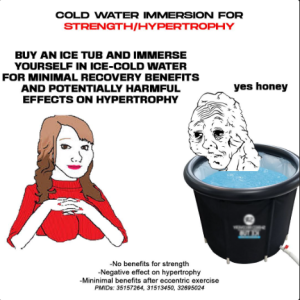
Research:
According to Wilson et al. (2018) neither cryotherapy intervention (whole body cryotherapy or cold water immersion) was more effective than the placebo treatment at accelerating recovery. The implications of these findings should be carefully considered by individuals employing cryotherapy as a recovery strategy following heavy load resistance training.
https://link.springer.com/article/10.1007/s00421-018-4008-7
A Systemic Review and Meta-Analysis (in which a total of 36 articles were processed, with pooled data from 27) by Hohenauer et al. found: “There was no evidence that cooling affects any objective recovery variable in a significant way during a 96 hrs recovery period.”
https://www.ncbi.nlm.nih.gov/pubmed/26413718/
Cryotherapy may be used effectively between events in a prolonged sporting competition. It is wise, however, to understand that cold modalities cause a decrease in performance and physical function for 10-20 minutes following application. Because of this, care should be taken before returning to physical activity.
https://www.ncbi.nlm.nih.gov/pubmed/31103105
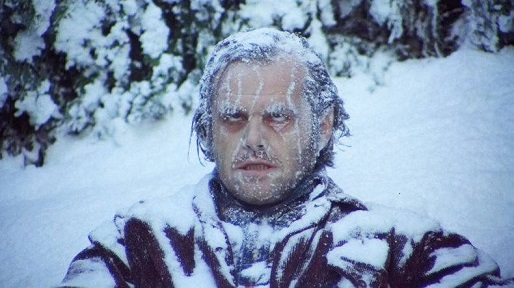
Yamane et al. (2015) found that chronic post-exercise cold application actually blunted muscle adaptation over a 6 week period. Thicknesses of the experimental arms increased after training in both groups, but the extent of each increase was significantly less in the cooled group compared with the non-cooled group. Maximal muscle strength and brachial-artery diameter did not increase in the cooled group, while they increased in the non-cooled group (this suggests that results were not confounded by post-exercise swelling). Local muscle endurance increased in both groups, but the increase in the cooled group tended to be lower compared to the non-cooled group. This study showed that regular post-exercise cold application to muscles potentially attenuates muscular and vascular adaptations to resistance training.
https://www.ncbi.nlm.nih.gov/pubmed/25760154
Roberts et al. (2015) investigated functional, morphological and molecular adaptations to strength training exercise and cold water immersion (CWI) through two separate studies over a 12 week period. They concluded: “Cold water immersion attenuates the acute changes in satellite cell numbers and activity of kinases that regulate muscle hypertrophy, which may translate to smaller long-term training gains in muscle strength and hypertrophy. The use of cold water immersion as a regular post-exercise recovery strategy should be reconsidered.”
https://www.ncbi.nlm.nih.gov/pubmed/26174323
Schalt et al. (2018) found: “Despite a pronounced caloric deficit and sustained activity under extreme cold conditions, fat free mass was preserved with an increase in serum follistatin and acetoacetate.” Cold tempersture training may act to preserve fat free mass under endurance training conditions.
https://www.frontiersin.org/articles/10.3389/fphys.2018.01761/full
Figueiredo et al. (2016) concluded: “coordinated upstream signaling and activation of transcriptional factors stimulated pre-rRNA expression after resistance exercise. Cold water immersion (CWI), as a recovery strategy, markedly blunted these events, suggesting that suppressed ribosome biogenesis may be one factor contributing to the impaired hypertrophic response observed when CWI is used regularly after exercise.”
https://www.ncbi.nlm.nih.gov/pubmed/26818586

